
3D printed models support the urologist in the surgical planning of renal intervention.
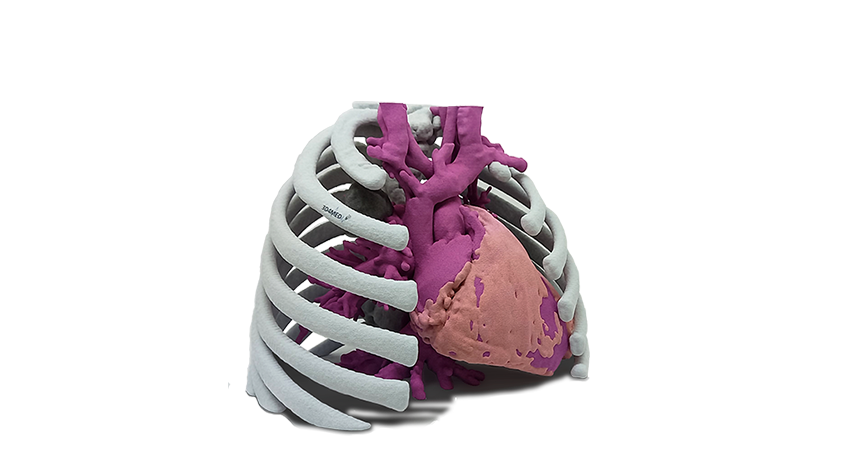
High resolution 3D printers allow the reproduction of small anatomical structures such as pediatric ones.
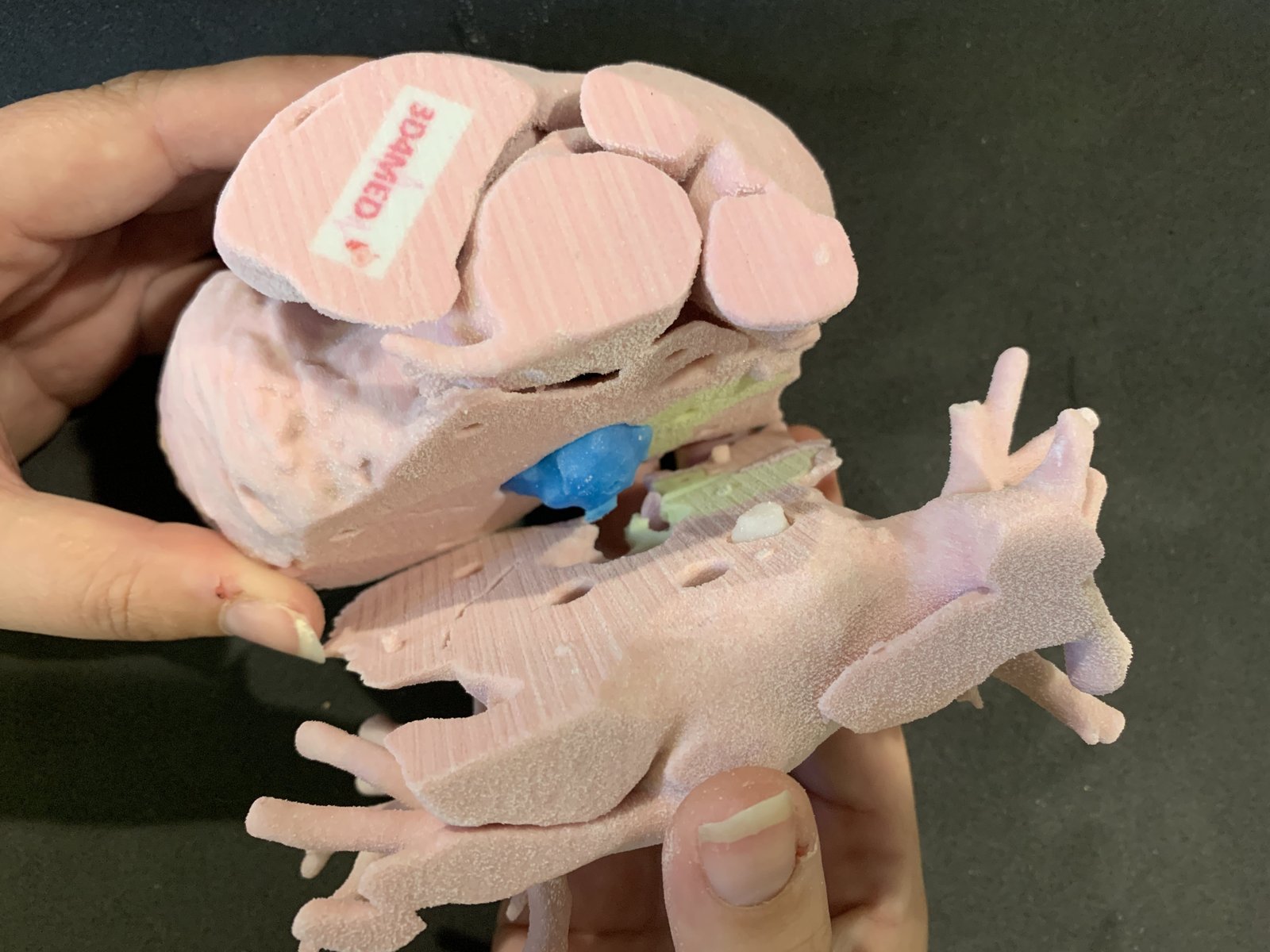
3D printing in medicine can support many other medical specialties.

3D printing allows a precise reproduction of the morphological and pathological characteristics of subtle cerebral vessels enabling neurosurgical planning and simulation.
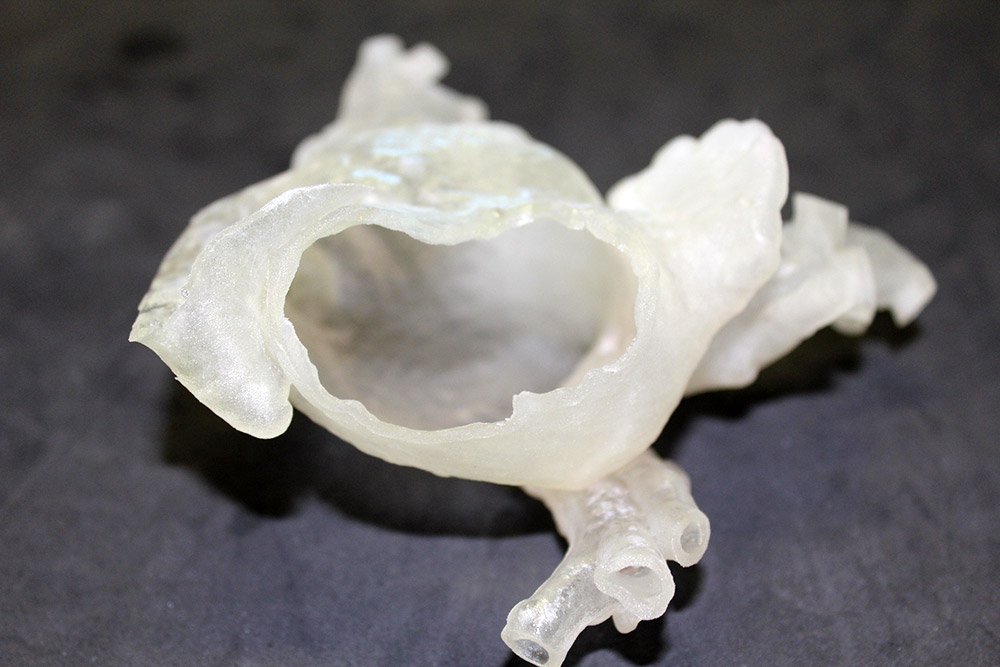
3D printing provides a concrete and precise reproduction of the morphological and pathological aspects of the heart chambers.

Multi-material 3D printing technology enables the tuning of deformability and transparency features.
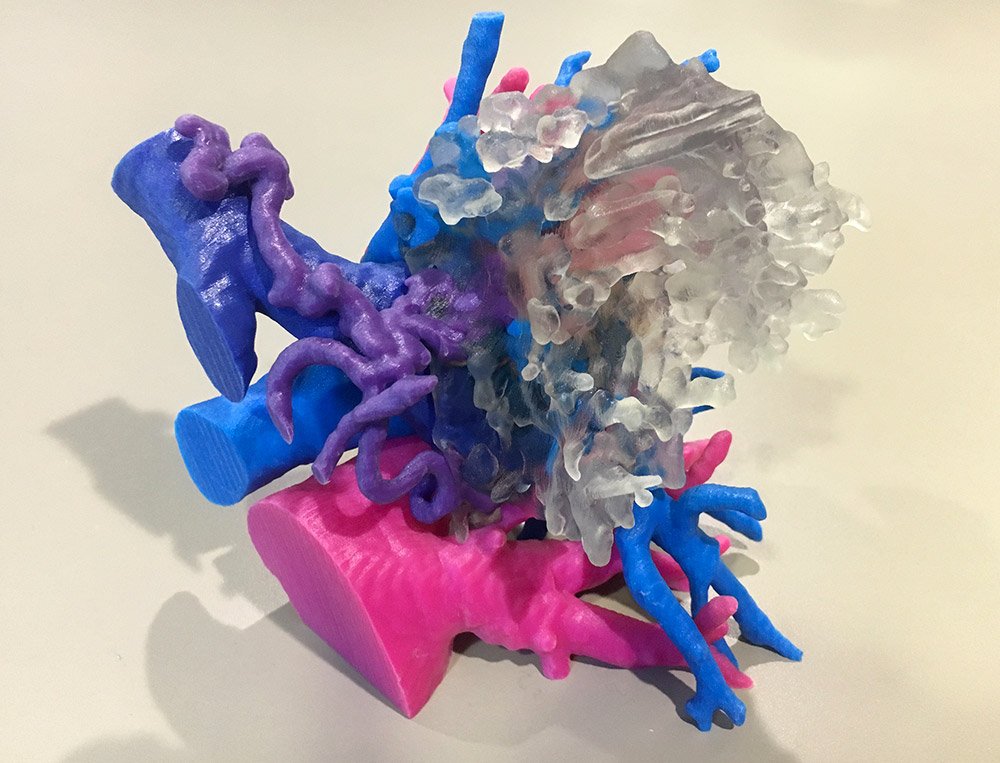
Morphological abnormalities and pathologies interesting the cardio-pulmonar and mediastinic system are often highly complex not clearly visible on CT images.
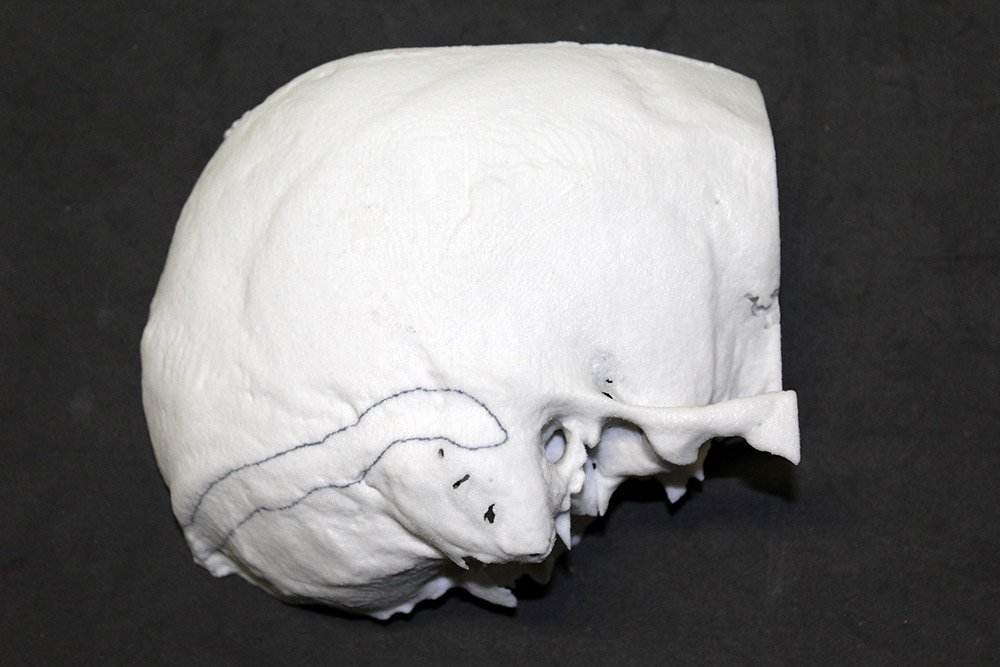
Temporal bone 3D printed models can be used by surgeons to properly plan the placement of hearing aids and prosthesis.
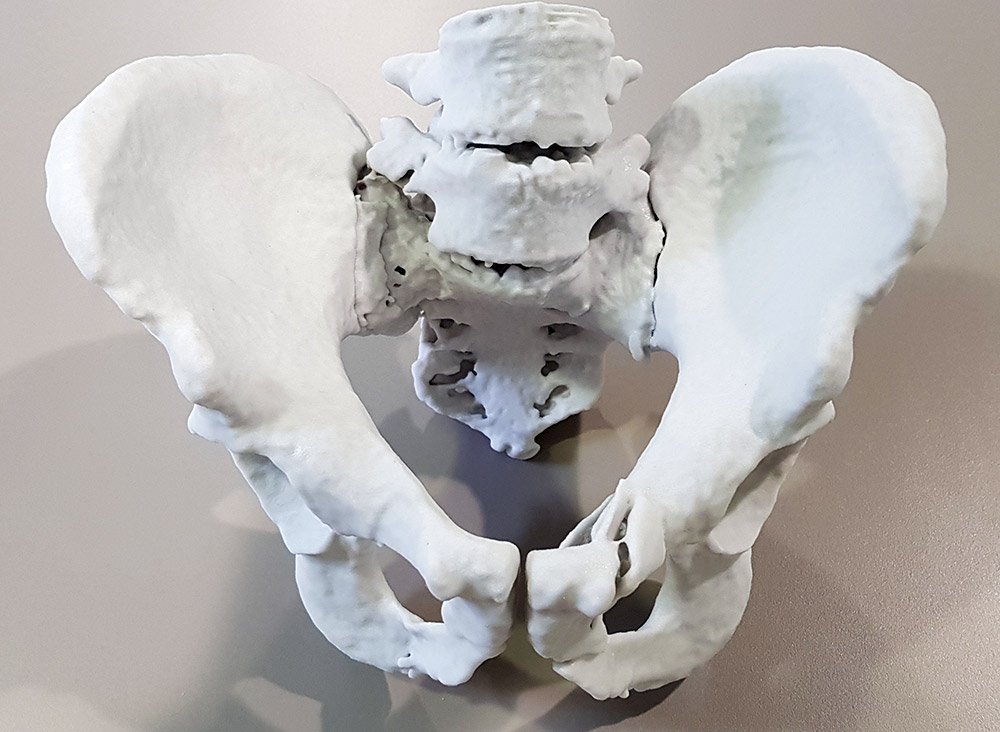
Most of the anatomical models relate to fractures (e.g. pelvis or heel fractures and spine trauma) and bone cancer.
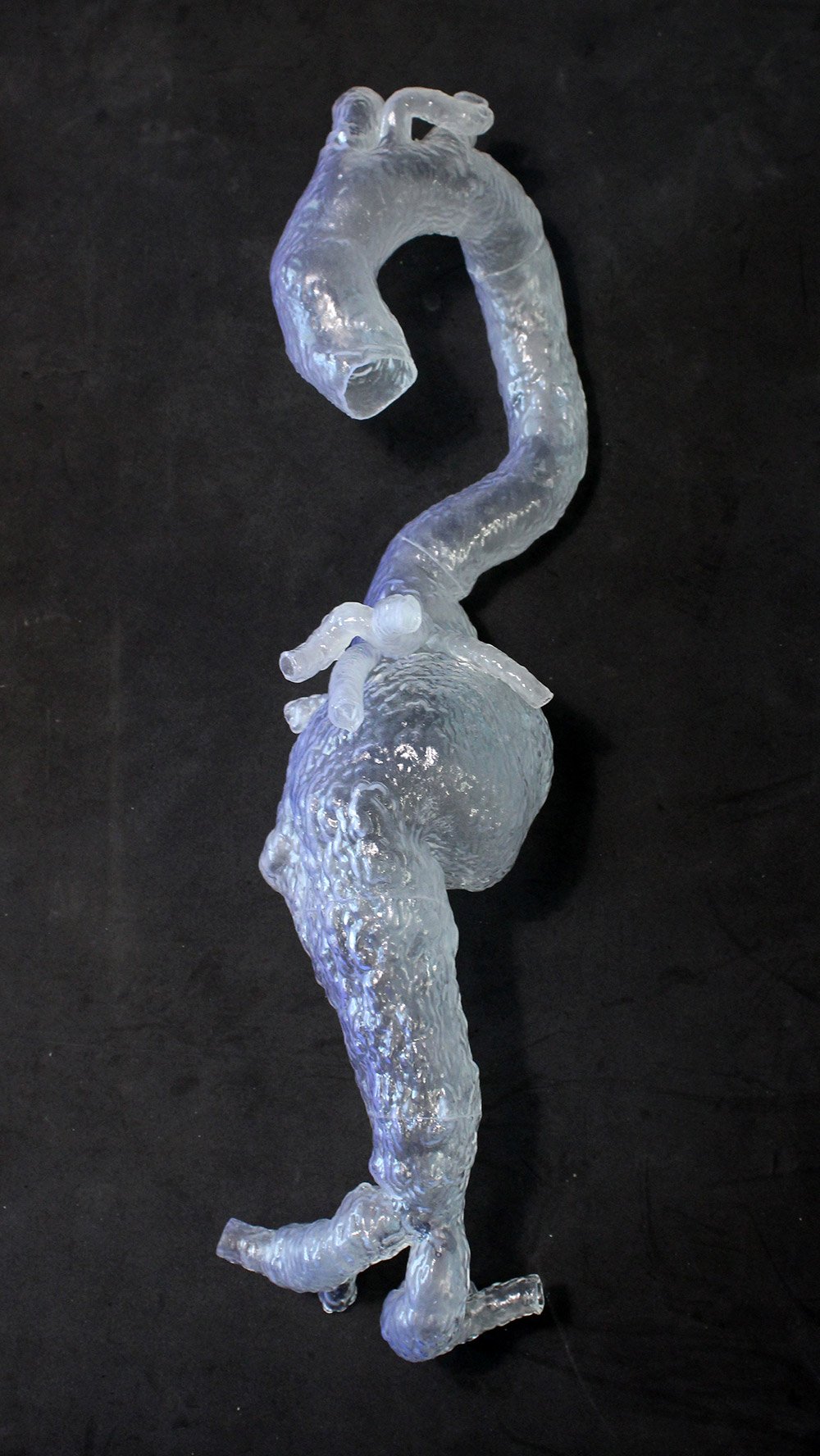
3D printing provides a concrete and precise reproduction of the morphological and pathological aspects of a vascular lesion.

